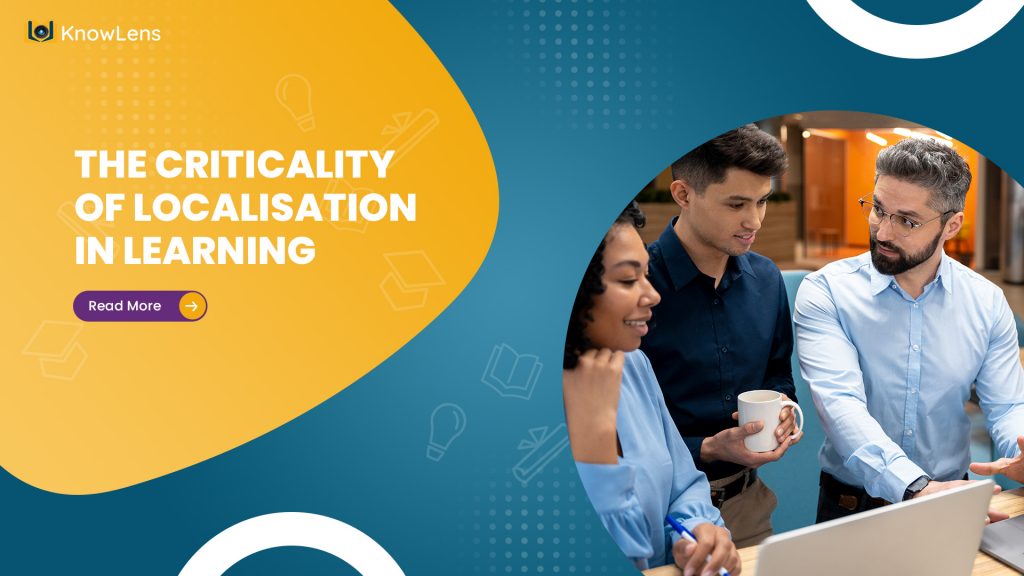
The Criticality of Localisation in Learning
India : The Language Conundrum
India, labeled as the epitome of variety, has a vast tapestry of traditions, cultures, and languages. With more over 1.3 billion citizens, it is the world’s second most populous country. However, what actually distinguishes India is its linguistic diversity. Despite this broad linguistic environment, an overwhelming majority of Indians converse in their own mother tongue. This phenomenon raises several questions: what are the dominant forces driving language preferences? Is a national universal language the unifier or is it a union set of diverse languages?
Compulsion towards Local Language
The desire to use regional languages in India originates from a variety of causes that are firmly ingrained in its sociocultural fabric. Language serves as more than simply a medium of communication, it is also a symbol of culture, identity, and legacy. Millions of Indians identify with their mother language as a representation of their culture, heritage, and feelings. It promotes a sense of belongingness and allows for seamless communication among groups.
Furthermore, language plays an important influence in accessibility and inclusion. Because of India’s linguistic variety, a large proportion of its population may not be fluent in the national languages, such as Hindi or English. Thus, accommodating local languages becomes critical to ensuring fair accessibility to knowledge, amenities, and opportunities.
Need for Localization in Learning
What does all this mean for localization in learning? Localization, or the act of adapting learning in a linguistically diverse environment. The need for localization is demonstrated by the fact that over 19,500 languages, including several dialects and 22 officially recognized languages, are spoken in India. Integrating local languages not merely expands the audience but also increases user engagement and happiness.
Handling Localization
Localisation can be visualized at multiple levels: Platform as well as Content.
At the platform level, for instance a basic hygiene element could be translating the entire system interface into a local language. The Knowlens LMS actually is designed to support such features. In fact, our platform has been adapted in certain cases for international clients where you have right to left centric languages presenting a completely new set of system interface challenges and a complete re-design of the learning environment.
The second major aspect of Localization is Content. Whether handled as dubbing, which brings in an audiovisual element or subtitles, catering to a read-write centric learning style. This can get even more sophisticated as we add context. For instance in our platform developed for the Paris based global firm, Empower Foundation, we had developed separate contextual interfaces for a Vietnamese house, an Indian house and a Latin American house. This creates a subtle visual connection deepening the learner identification, internalization and eventually retention of learning

India

Lattam

Cambodia
Synopsis
In a nutshell India’s linguistic variety is more than simply a barrier; it reflects the country’s complex mosaic of cultures and identities. Localization is not a nice to have ; it is an essential element of learning strategy whether through visuals or through trainers or through system interfaces etc.

